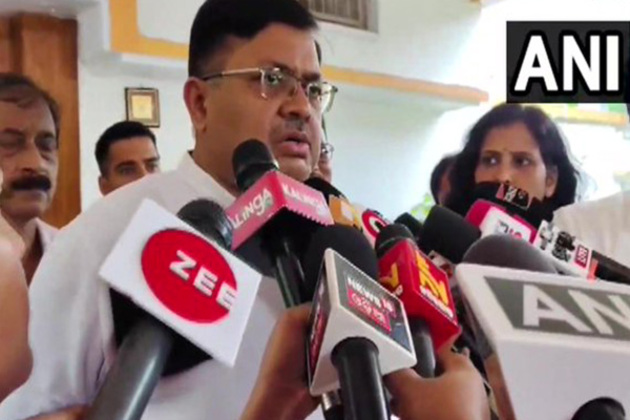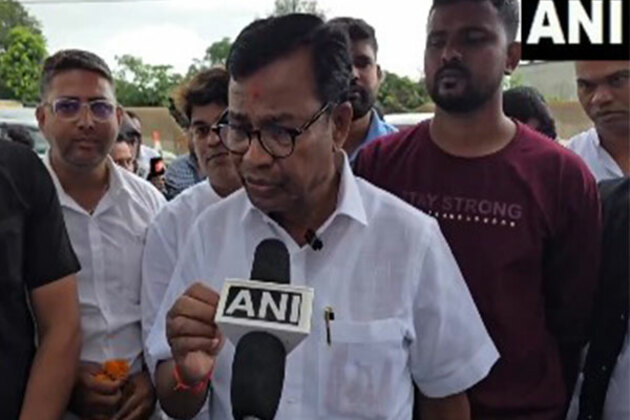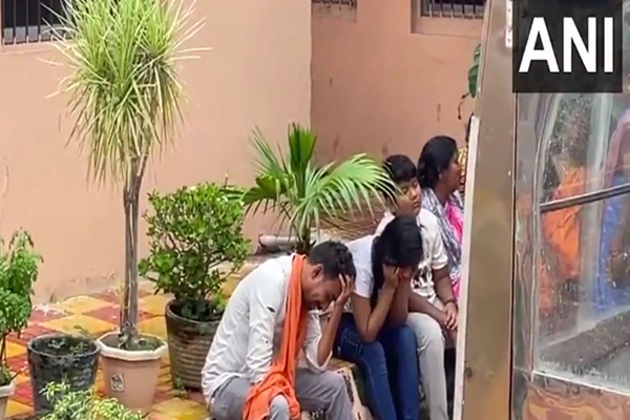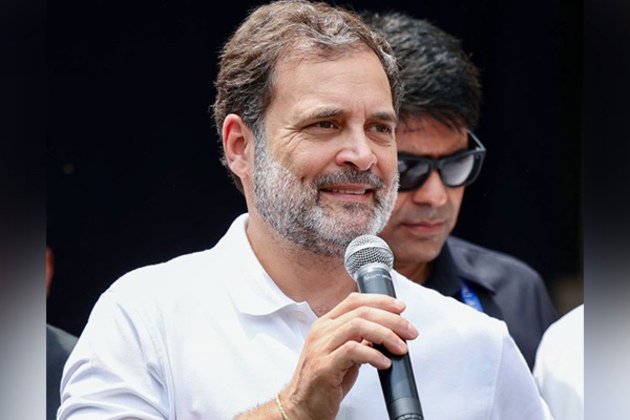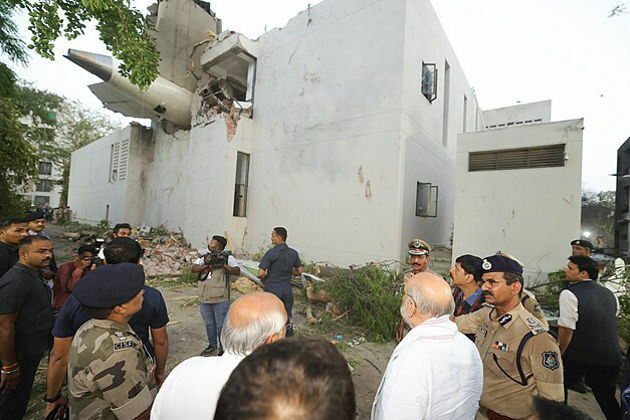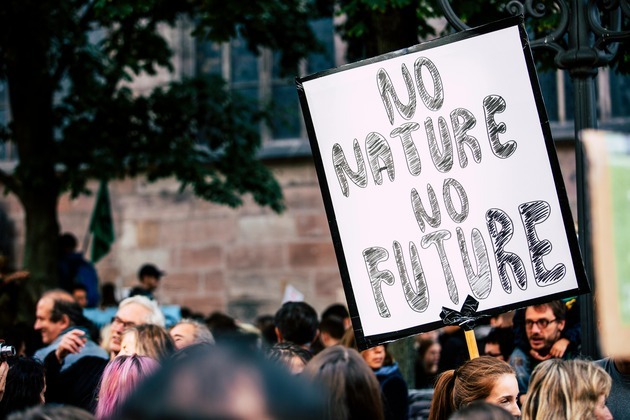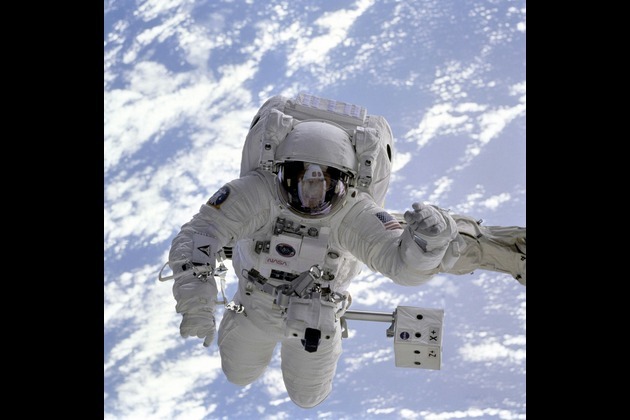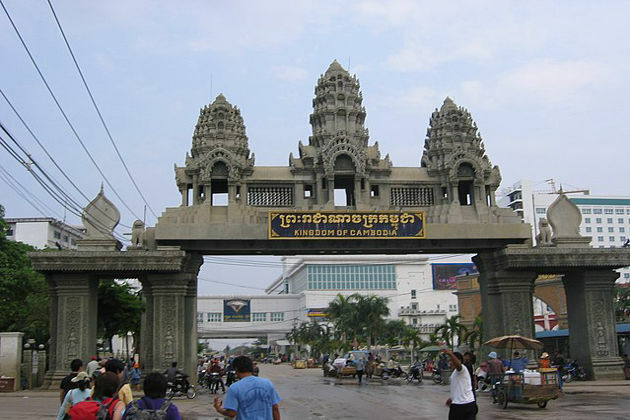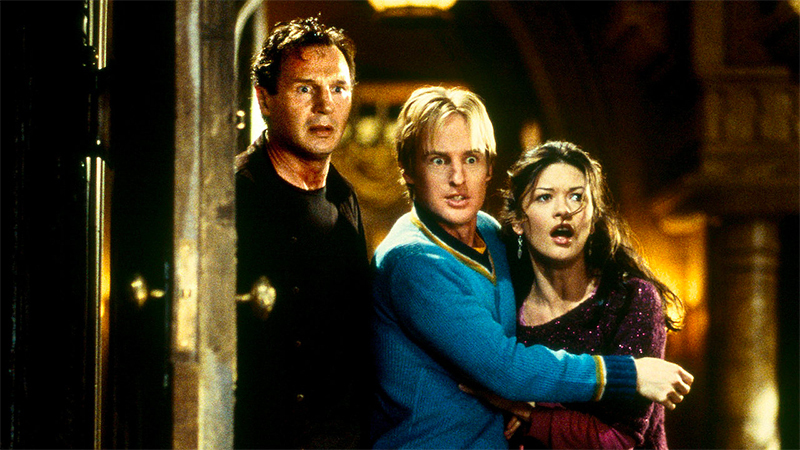ANALYSIS: How much power can one image actually have?
News24
03 Jul 2019, 13:15 GMT+10
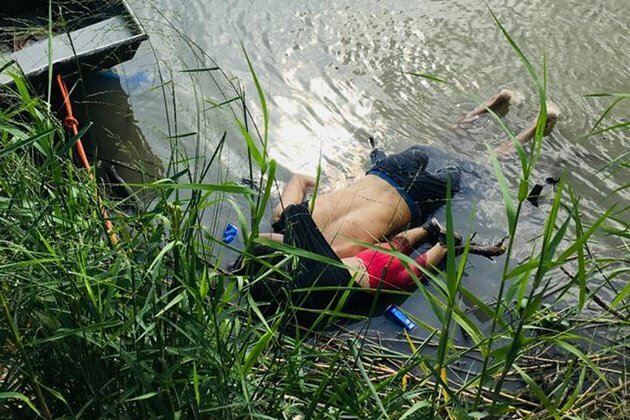
When the Associated Press published Julia Le Duc's photograph of a drowned Salvadoran man, Oscar Alberto Martinez Ramirez, and his 23-month-old daughter Valeria, it sparked outrage on social media. According to Le Duc, Ramirez had attempted to cross the Rio Grande after realizing he couldn't present himself to US authorities to request asylum.
But beyond raising awareness via Twitter and Facebook feeds, does an image like this one have the power to sway public opinion or spur politicians to take action?
As journalism and psychology scholars interested in the effects of imagery, we study the ability of jarring photos and videos to move people from complacency to action. While graphic imagery can have an immediate impact, the window of action - and caring - is smaller than you'd think.
Photographs and videos - through their perceived authenticity - can have an effect on people.
Research suggests that the graphic photo of slain Emmett Till in his open casket served as a "political catalyst" in mobilizing Americans to action in the civil rights movement. Similarly, news images have been credited as playing an important role in ending the Vietnam War.
But not all scholars agree. A recent article argued that it was a "myth" that the iconic "napalm girl" photo swayed public opinion and hastened the end of the Vietnam War.
Did the 'napalm girl' significantly shift public opinion on the Vietnam War? manhhai/flickr, CC BY
We must also look to psychology to understand the impacts of emotional news content. Research demonstrates that audiences need an emotional connection - and not merely a "just-the-facts" reporting approach - as "prerequisite for political action" when it comes to appreciating the importance of distant mass suffering. And imagery can trigger this emotional connection by overcoming the psychic numbing that occurs when casualties mount, images blur and lost lives become merely dry statistics.
In April 2017, gut-wrenching images seem to have awakened the world to the human atrocities happening in Syria. Following a chemical bomb attack in the town of Khan Sheikhoun, graphic photos and videos documented the horrific effects of the banned nerve agent sarin. Millions bore witness to excruciating human suffering: gasping, choking, writhing and dying. More than 500 people were injured, with at least 86 deaths, including 28 children.
The vivid, closeup images of sarin attack victims were resonant enough to break through the complacency of people and politicians accustomed to bad news emerging from the war-torn nation. In President Trump's response - which included a retaliatory missile strike - he seemed to recognize the value of the Syrian lives depicted in the horrific photos and videos.
"When you kill innocent children," he said during a news conference, "that crosses many, many lines, beyond a red line - many, many lines."
Nonetheless, even though the attacks may have briefly heightened US concerns over the wars in Syria, the photographic documentation of the suffering in Syria wasn't new.
The 2015 photos of a tiny Syrian boy's lifeless body resting face down in the sand similarly stirred the world's collective consciousness. Within hours of its release, the photo had reached 20 million people through Twitter, with many more millions seeing it on the front pages of newspapers the next day. Afterwards, government restrictions on accepting refugees were loosened while private donations to organizations like the Red Cross spiked dramatically.
A year later haunting images of a young boy in the back of an ambulance, caked in dirt and blood, galvanized the world.
But the emotional and compassionate responses to both photographs were short-lived. The bombing of civilians in Syria continued. Refugees continued risking their lives to escape the war zone.
After a photograph of a dead Syrian boy went viral in 2015, the number of daily donations to a Swedish Red Cross campaign designated specifically for aiding Syrian refugees spiked dramatically - but only for a brief window. Proceedings of the National Academy of Sciences of the United States of America, CC BY-SA
Since the publication of Le Duc's photo of the dead migrants, supportive politicians may feel emboldened to sound the alarm on the plight of Central American migrants. Donations to immigrant aid organizations might briefly spike.
But it seems that a photograph, no matter how emotionally devastating, can only do so much.
Yes, it can create a window of time when we're motivated to act, and we'll usually do so if we have effective options to pursue. This could mean a charitable donation at the individual level or, collectively, a surge of political will. However, psychology research from the "arithmetic of compassion" suggests that sympathy for distant human suffering declines when we're presented with rising body counts. Sometimes we're discouraged by the scope of the problem and this stops us from doing things that actually make a difference - even if partial solutions can save lives. Other times, if the options for helping others seem too narrow or ineffective, we'll turn away and stop caring.
Images can alert us to the horrors of violence, mass migration and poverty. But as we have seen time and again, photographs and news footage of human suffering generally precipitate a short-term emotional reaction, rather than a sustained humanitarian response.
- Nicole Smith Dahmen, Associate Professor, School of Journalism and Communication, and Paul Slovic, Professor of Psychology,
This article is republished from The Conversation under a Creative Commons license.
 Share
Share
 Tweet
Tweet
 Share
Share
 Flip
Flip
 Email
Email
Watch latest videos
Subscribe and Follow
Get a daily dose of Mexico Star news through our daily email, its complimentary and keeps you fully up to date with world and business news as well.
News RELEASES
Publish news of your business, community or sports group, personnel appointments, major event and more by submitting a news release to Mexico Star.
More InformationLifestyle
Section"Unfortunate incident": Odisha Law Minister after three die in Puri Rath Yatra stampede; Govt orders probe
Puri (Odisha) [India], June 29 (ANI): Odisha Law Minister Prithiviraj Harichandan on Sunday described the stampede during the Jagannath...
16 years on: Baloch doctor still missing as enforced disappearances by Pakistani forces continue to haunt Balochistan, says Paank
Balochistan [Pakistan], June 29 (ANI): Sixteen years have passed since the enforced disappearance of Dr. Deen Mohammad Baloch, a senior...
"VIPs came between god and devotees...those responsible should be investigated": Odisha Congress President on Puri stampede
Navrangpur (Odisha) [India], June 29 (ANI): Odisha Congress president Bhakta Charan Das on Sunday blamed the lack of proper arrangements...
Odisha stampede: DCP Vishnu Pati, Commandant Ajay Padhi suspended for negligence
Bhubaneswar (Odisha) [India], June 29 (ANI): Odisha Deputy Commissioner of Police (DCP) Vishnu Pati and Commandant Ajay Padhi have...
"Tragedy is a serious warning for large events": Rahul Gandhi condoles Puri stampede incident
New Delhi [India], June 29 (ANI): Congress MP Rahul Gandhi expressed deep sorrow over the stampede during the Rath Yatra in Puri, calling...
Odisha CM announces Rs 25 lakh assistance for families of deceased in Jagannath Rath Yatra stampede
Bhubaneswar (Odisha) [India], June 29 (ANI): Odisha Chief Minister Mohan Charan Majhi on Sunday announced a financial assistance of...
International
SectionUN offer rejected in Dreamliner crash investigation
NEW DELHI, India: India has decided not to allow a United Nations (UN) investigator to join the investigation into the recent Air India...
UN climate agency gets 10 percent boost amid global budget cuts
BONN, Germany: Despite widespread belt-tightening across the United Nations, nearly 200 countries agreed this week to increase the...
Mexican President orders review of SpaceX environmental impact
MEXICO CITY, Mexico: Mexican President Claudia Sheinbaum said this week that her government is investigating possible environmental...
Historic ISS mission launches with crew from 4 different nations
CAPE CANAVERAL, Florida: In a landmark flight for three nations and a veteran U.S. spacefarer, a four-member astronaut crew launched...
U.S. government sues Maryland court over pause in migrant deportations
WASHINGTON, D.C.: In a striking escalation of tensions between the executive and judicial branches, the Trump administration has filed...
Thailand-Cambodia tensions rise as border rules tighten
BANGKOK, Thailand: This week, Thailand implemented land border restrictions, including a ban on tourists traveling to Cambodia, as...

